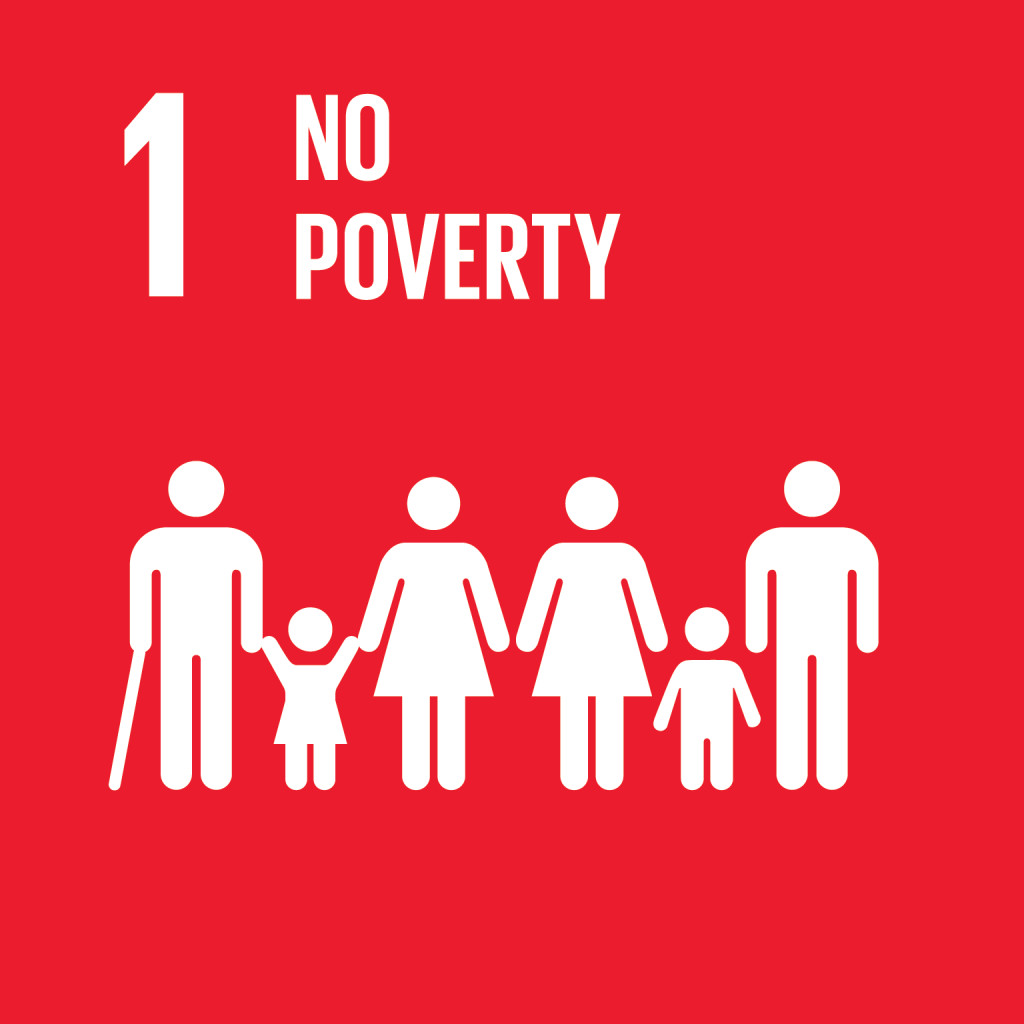Overview
This Intervention Logic (IL) has been elaborated to help clarify the EU's objectives in the area of Food Security, Inclusive Growth, Sustainable Agriculture, Nutrition and Resilience, and translate them into a hierarchy of expected effects/results. The reconstructed IL is based on a faithful interpretation of EU policies on development cooperation in the thematic areas of food and nutrition security and sustainable agriculture (FNS&SA) and on the new EU Consensus for Development.
These goals should be seen as highly interconnected and integrated; combined, they represent the EU's planned contribution to the achievement of SDGs in the field of FNS&SA (primarily SDG 2, but also SDGs 1, 5, 8, 12, 13, 14, 15 and 16), and the five key themes of Agenda 2030 and of the EU Consensus for Development: People, Planet, Prosperity, Peace and Partnership.
Overall Objectives
The overal Objectives (OO, also referred to as the impact) of EU action in the filed of FNS & SA are to:
- Foster inclusive growth
- Contribute to sustainable agriculture
- Improve nutritional status
- Increase systemic resilience to food crises and climate change
Specific Objectives
The Specific Objectives that will contribute to these broader OO are captured by the following Outcome Statements:
- Enhanced rural diversification (including job creation and income diversification)
- More inclusive value chains
- Increased use of land, infrastructure, services and markets
- Increased sustainable production and productivity of agriculture, husbandry and fisheries
- More sustainable and inclusive natural resource management
- Reduced food loss and waste
- Adequate dietary intake
- Improved hygiene, childcare add feeding practices
- Women empowered to participate in decisions about the use of productive resources and HH income
- Increased uptake of basic healthcare and social services
- Improved prevention of, and preparedness for, food crises
- Improved FSN & SA governance
- Increased investment in agriculture
- Increased application of learning, innovation and improved technologies in FNS & SA
Outputs
The Outputs that are expected to lead to the above-described outcomes either on their own, or, more likely, in combination, are diverse but can clustered into the following categories:
- Rural infrastructure (re)constructed/delivered (transport, energy, water and irrigation, internet connectivity, housing, food storage, etc.)
- Increased access to productive inputs/tools/equipment
- Strengthened agricultural and rural services available
- Marketing services available
- Capacities of (*beneficiaries) for (*topic) developed
- Increased awareness of e.g. family planning, nutrition, sanitation and hygiene, environmental protection and DDR
- Social capital developed
- Improved access to nutritious food (e.g. diversified foods, micro nutrient content of food, good safety)
- Improved coverage of basic services (health, education, WASH, safety nets)
- Disaster and risk reduction plans developed
- Improved food stock management systems
- Up-to-date information, data and statistics available (markets, nutrition, food security, resilience, production, etc.)
- Multi-stakeholder platforms established
- Policies, legislation, regulations and action plans, etc. developed
- PFM reform plans and strategies developed
For each of the Result areas identified in the IL i.e. impact, outcome and output levels, a series of potentially relevant indicators has been identified. The usefulness of a given indicator will vary from country to country and action to action and will depend on the availability of reliable and credible data sources or sources of verification. The main responsibility for indicator selection lies with the implementing partners, OMs can provide support and guidance in this task.
For each of these results at least one indicator will have to be identified. Note that there is no ideal number of indicators to measure progress towards achievement of a stated result; it will depend on the result and the context.





